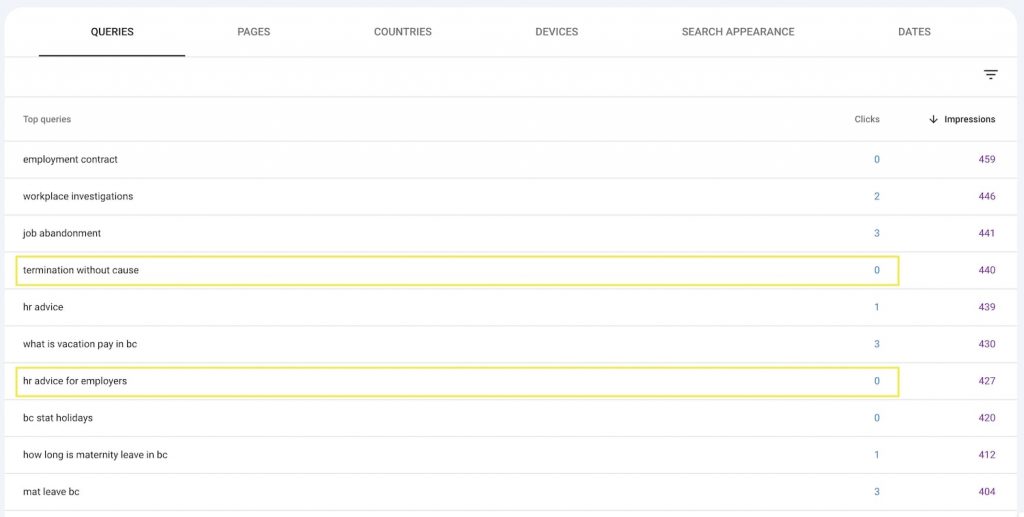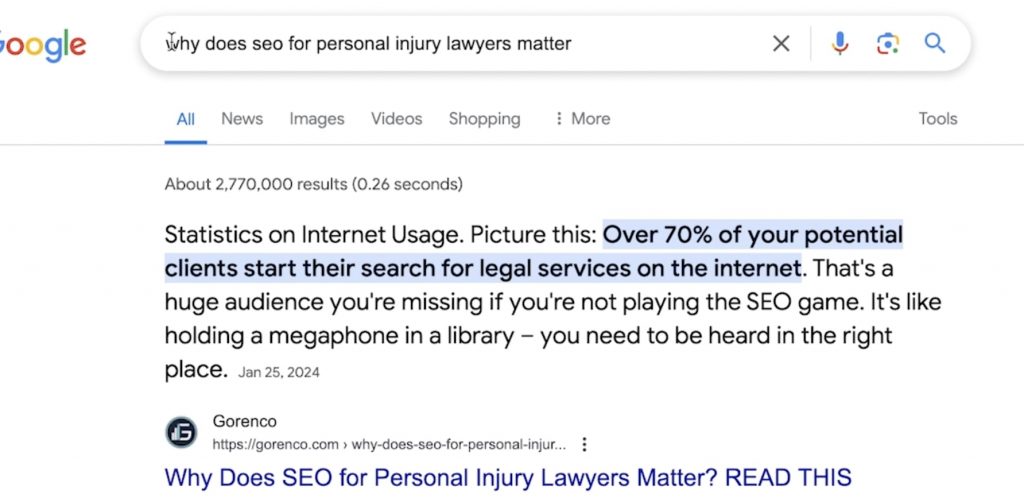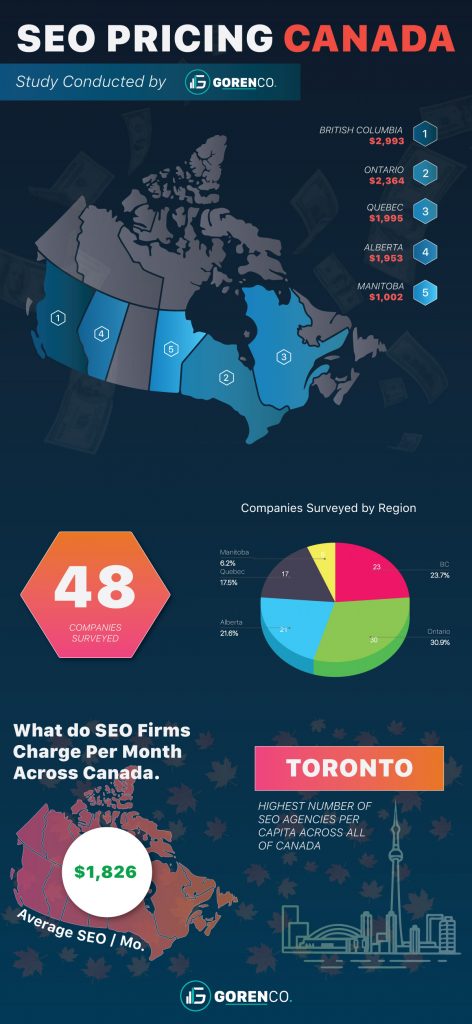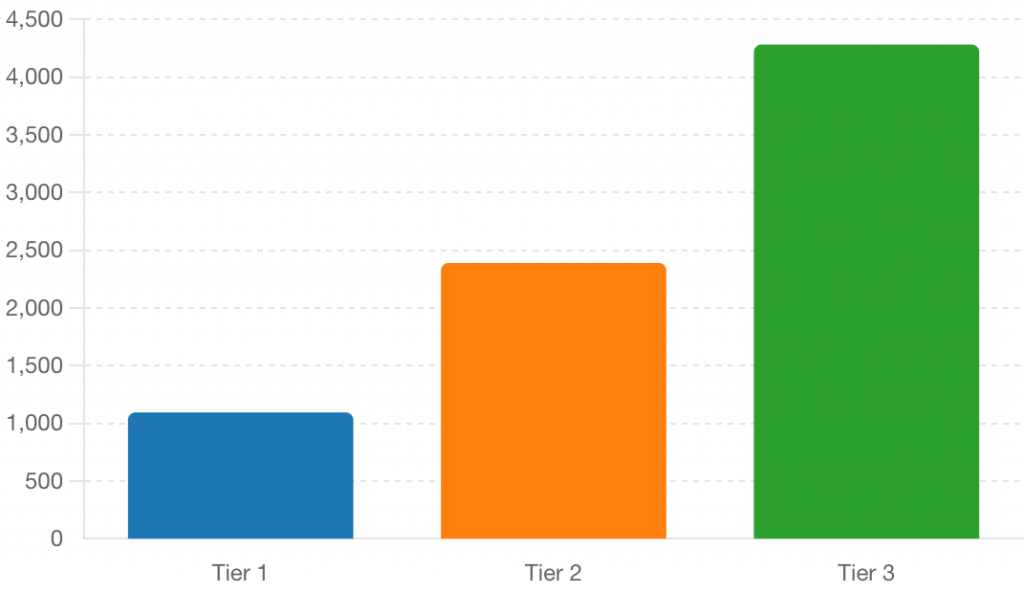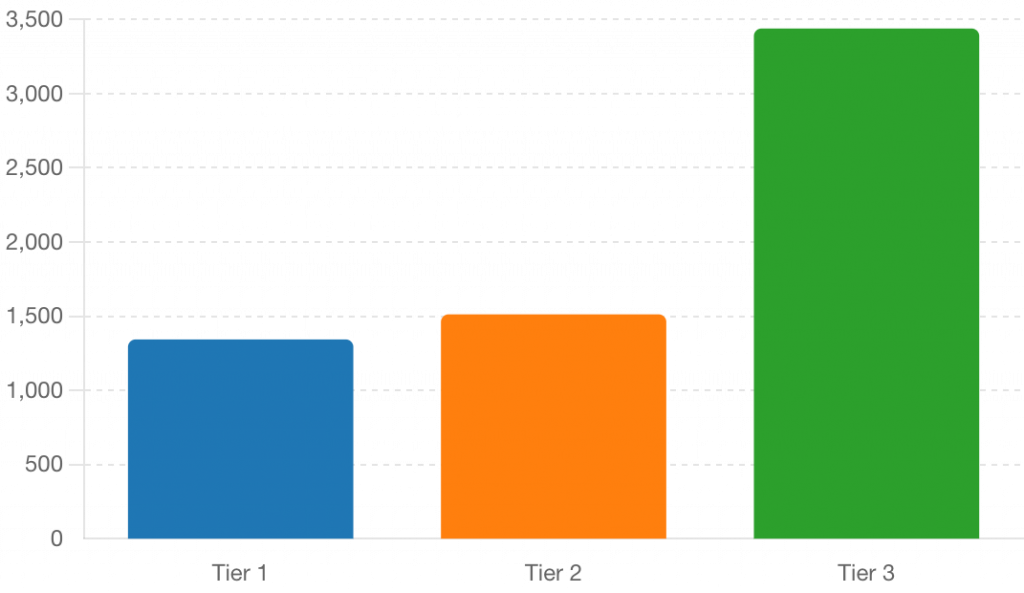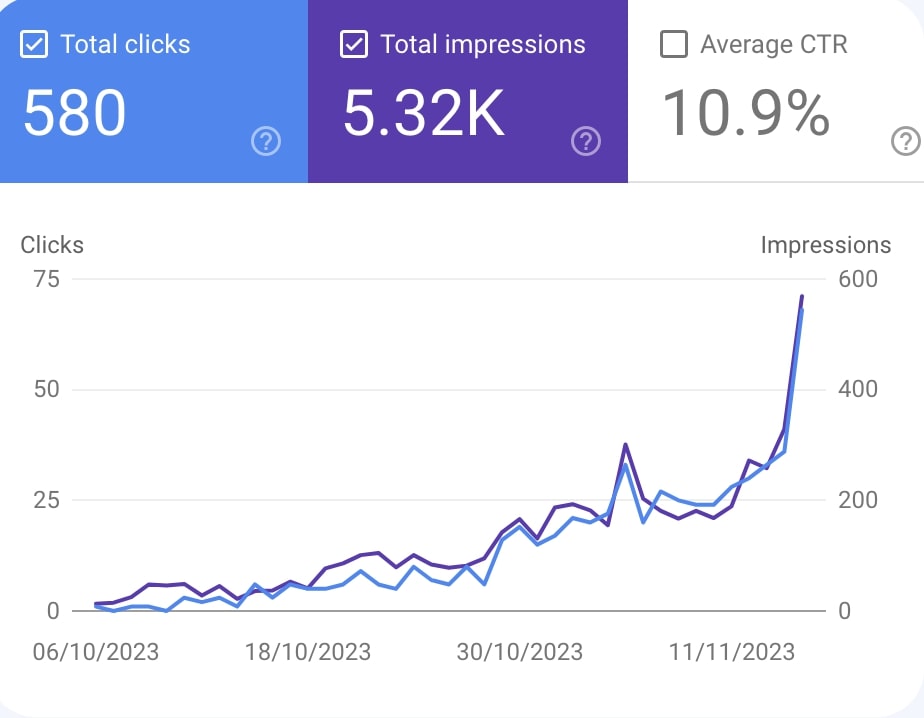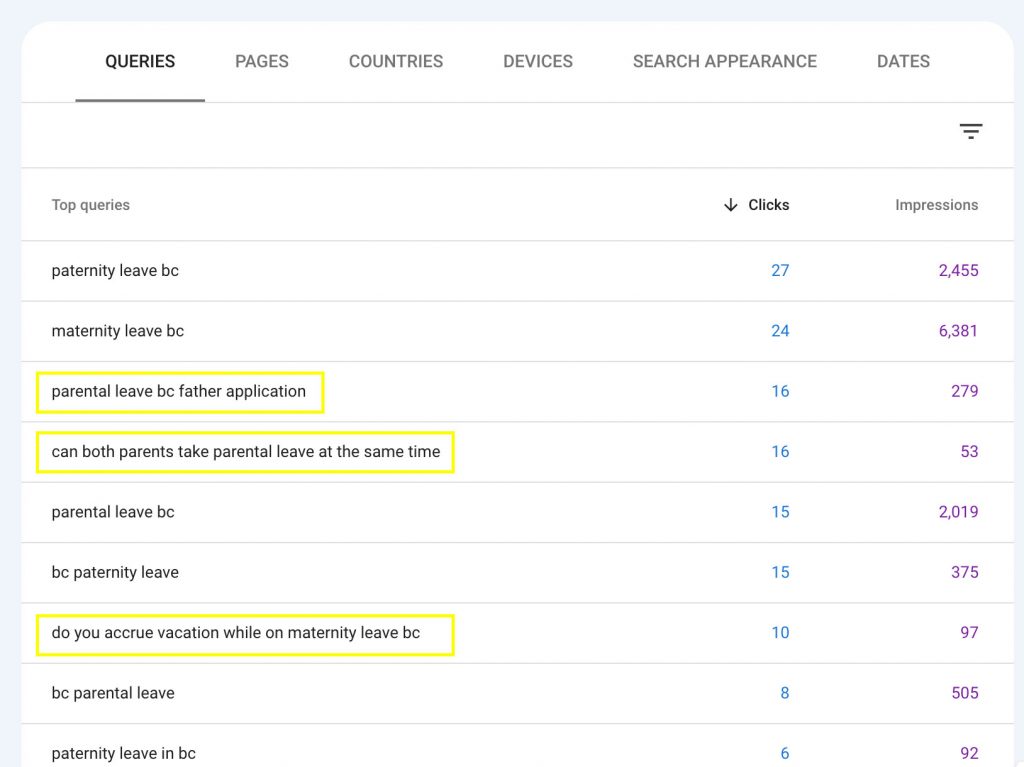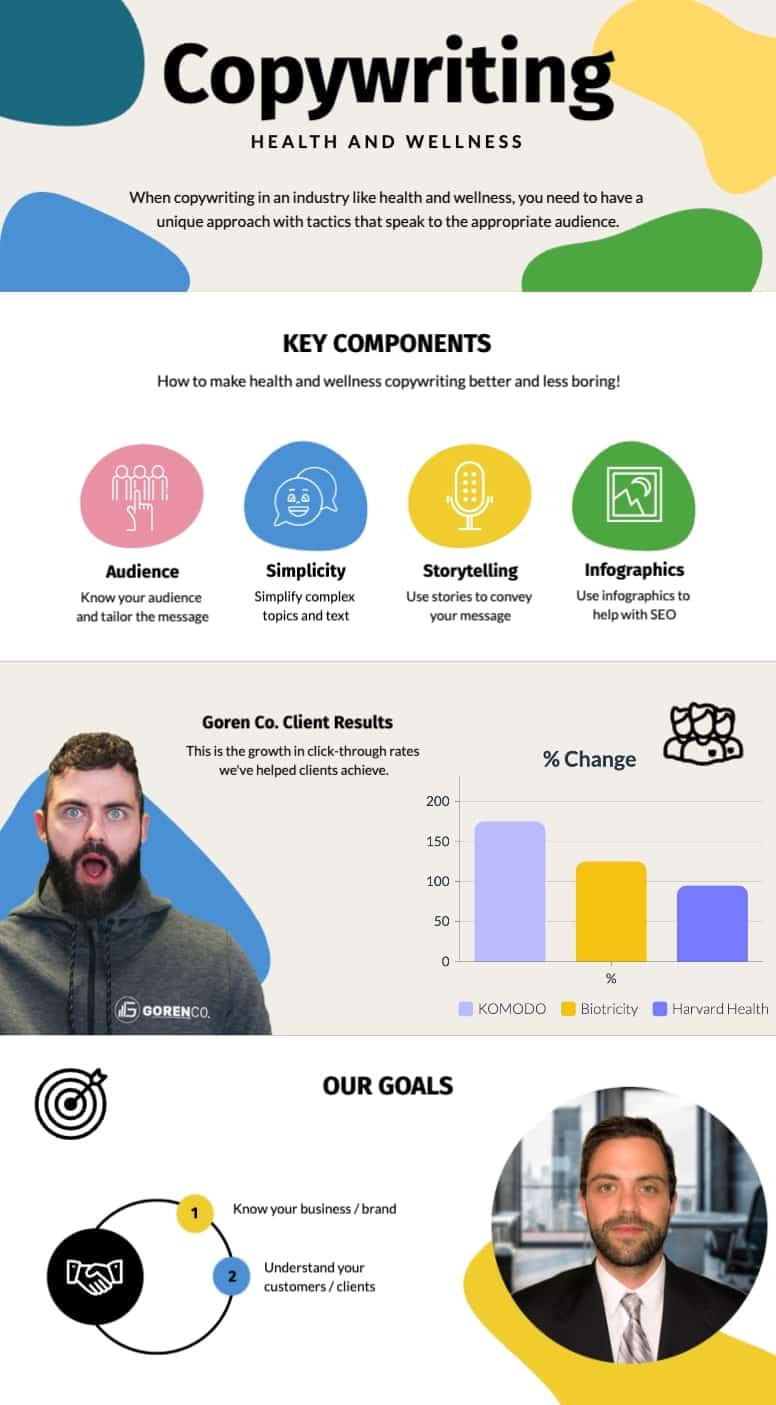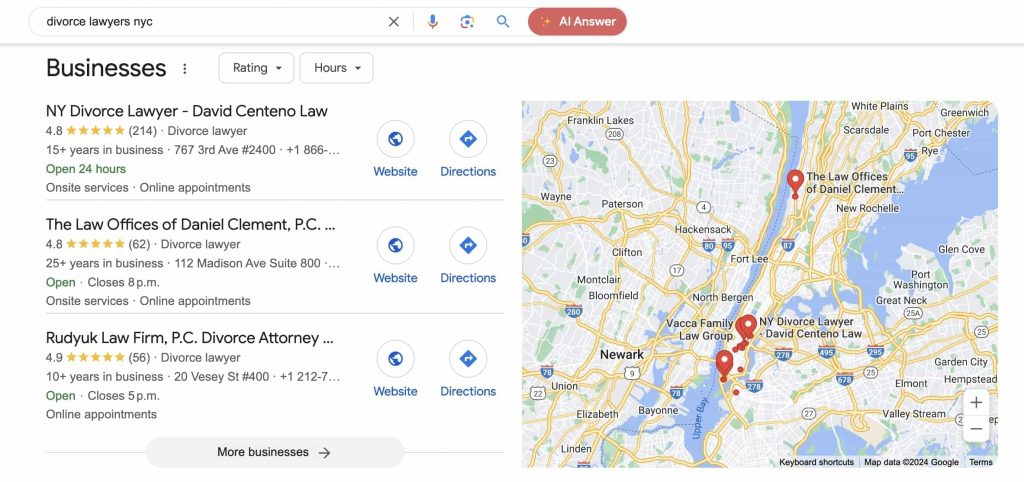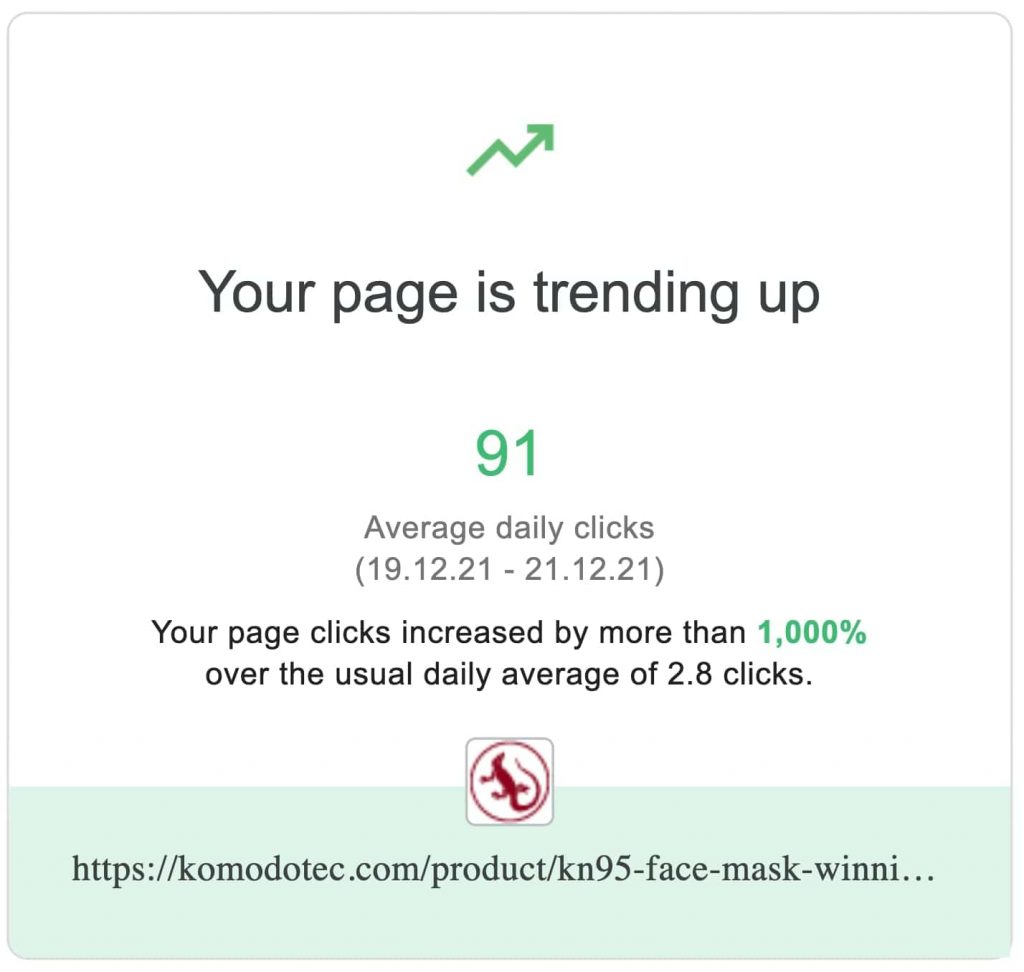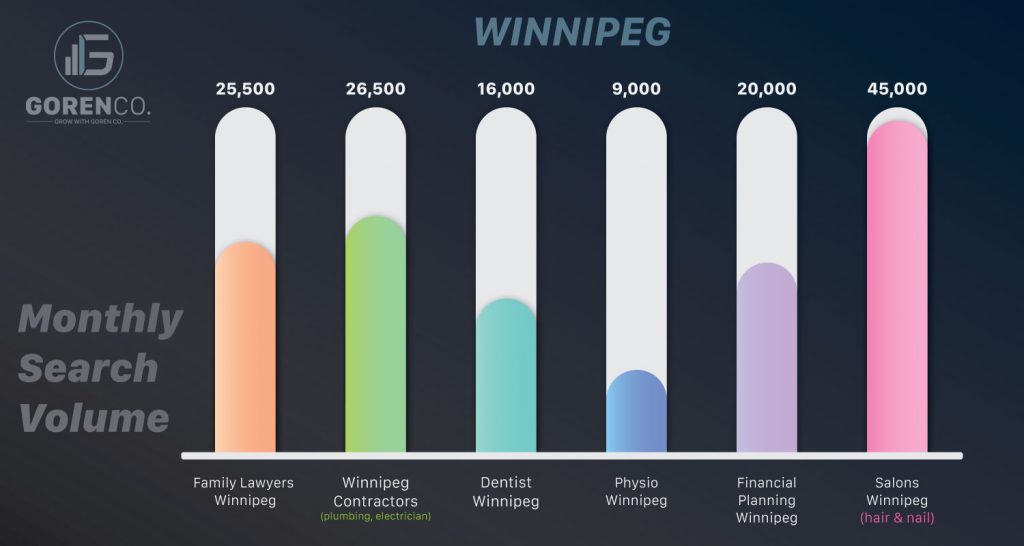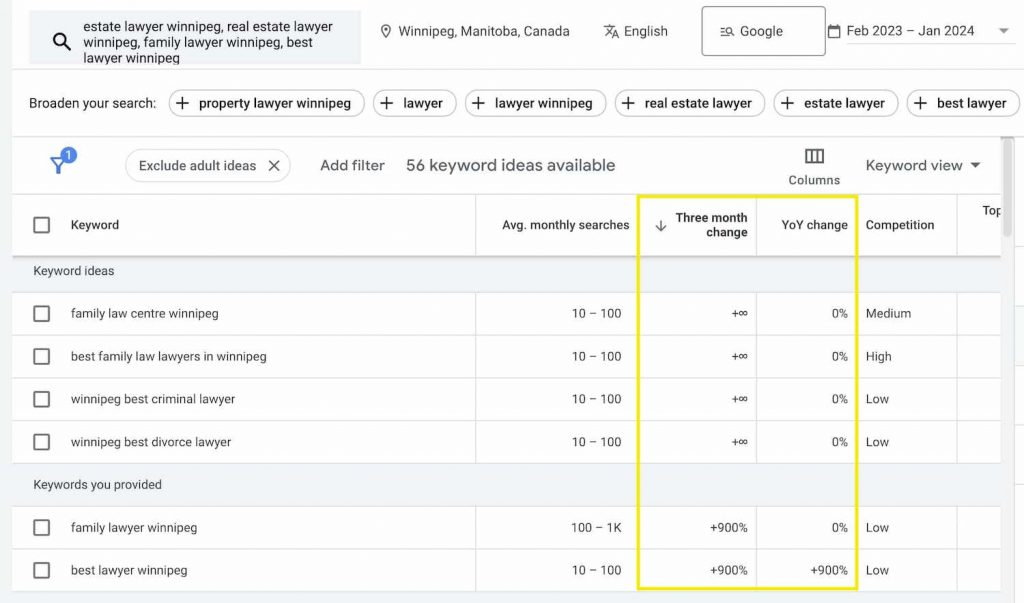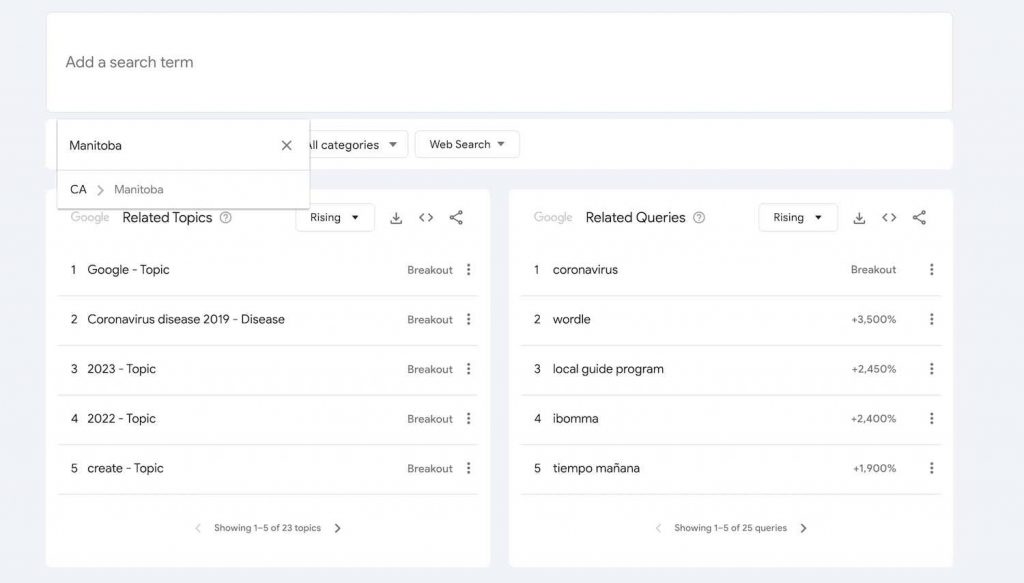I’ve done SEO for fashion and Ecommerce brand for close to 10 years now with some pretty amazing results, so I know a bit about what it takes. I know that most clothing and fashion brand rely on social media, and rightfully so. It had a great return on investment. But in order to really expand the business and grow sales, SEO can be a gold mine.
I totally suck at social media. So, my only other option was SEO. And thank God that was the case! I used to my advantage. And what I learned was that if you do it right, you get a completely different type of clientele.
People coming to your site from Google are at a higher level of “purchase willingness.” In other words, they are more ready to make a person than someone who visits your site from links in bio.
So, I put together a bit of a step-by-step guide on what exactly I did. Now I’m not going to reveal all my secrets (I gotta make money somehow 😉) but it’s a solid base. Definitely something you can take advantage of. And if you want me to help, I’m always looking for awesome fashion, clothing and Ecom brands to partner with, so reach out!
Step 1: Create a Customer Profile
Before diving headfirst into SEO, you need to know who you’re targeting. Creating a detailed customer profile is crucial. Trust me, it makes all the difference.
Price Point: Are you selling luxury high-end pieces or budget-friendly fashion? This will shape your entire strategy. If you’re aiming at the high-end market, your keywords should reflect exclusivity and luxury.
Sustainability: This is a biggie. Do your customers care about eco-friendly products? More and more shoppers are looking for sustainable options. If your brand is eco-conscious, make sure to highlight this in your keywords and content.
Status: Is your brand a status symbol or an everyday essential? Understanding this helps you position your SEO efforts. Luxury brands need to project exclusivity, while more accessible brands should focus on value and everyday use.
Lifestyle of End User: Who are your customers? Are they fitness enthusiasts, busy professionals, or trendsetting teens? Tailoring your SEO strategy to their lifestyle will make your content resonate more and drive engagement.
Step 2: Keyword Research SEO for Fashion Ecommerce Brands
Alright, let’s dive into the fun stuff (I mean, it’s fun for me) – keyword research. The most important step in SEO for fashion ecommerce. This is where the magic happens. It’s like finding the perfect pair of jeans that fit just right. When you nail your keywords, everything else just falls into place. So, let’s get cracking.
Based on Fabric

Okay, so you’re selling clothes, right? But what are they made of? Fabric is a huge selling point for many customers. Some folks are all about that breathable cotton, while others swear by luxurious cashmere. Trust me, if your clothes have a standout fabric, you need to be shouting it from the rooftops (or at least your product pages).
Here’s a tip from my own experience: use fabric-related keywords in your SEO strategy. For example, if you’ve got a killer line of polyester workout gear, use keywords like “durable polyester leggings” or “moisture-wicking polyester tops.” You’ll attract fabric-conscious buyers who know exactly what they want.
Where it’s Made
Next up, let’s talk about the origin of your products. People love a good origin story, and they’re willing to pay more for items made locally or in a country known for quality. For instance, “Made in USA” or “Made in Canada” can be big selling points.
I remember working with a brand that prided itself on Canadian craftsmanship. By incorporating “Made in Canada” into their keywords, we attracted a whole new audience of patriotic shoppers. So, if your products have a geographic edge, make sure it’s reflected in your keywords.
Clothing Type
This one’s a no-brainer but still super important. What kind of clothes are you selling? Are you all about athleisure, or are you more into corporate attire? Maybe you’re rocking casual wear or high-end fashion.
E clothing type has its own set of popular keywords. For example, “comfortable yoga pants,” “sleek office wear,” or “trendy casual jackets.” When I worked on my own eCommerce site, focusing on specific clothing types helped us zero in on the right audience. It’s like setting out the right bait for the fish you want to catch.
Activity-Based
Think about what activities your clothing is perfect for. Are your dresses perfect for cocktail parties? Is your office wear the best choice for business casual? Or maybe your activewear is great for upscale gym sessions.
Use these activity-based keywords to draw in people searching for specific occasions. Trust me, this works wonders. When we added keywords like “best cocktail dresses for weddings” or “business casual outfits for interviews” to our content, we saw a noticeable uptick in targeted traffic. It’s all about matching your products to the customers’ needs at the right moment.
What’s Your Thing?
Finally, what makes your brand unique? This is where you get to brag a bit. Do you use Italian leather? French lace? Whatever it is that sets you apart, make sure you include it in your keywords.
Step 3: Competitor Research
Alright, now that we’ve got our keywords sorted, it’s time to see what the competition is up to. Think of this as a friendly snoop around your rival’s store to see what they’re doing right and where they’re missing the mark. Here’s how to do it like a pro.
Use Free SEO Tools
First things first, let’s get some free tools in our arsenal. Tools like Google Keyword Planner, Ubersuggest, and Ahref’s Keyword Explorer are your best friends. They’ll help you uncover the keywords your competitors are ranking for and give you a sneak peek into their strategy. When I first started out, these tools were game-changers. They’re like having a flashlight in a dark room – suddenly, you can see everything!

Analyze SERPs
Next up, it’s time to hit the SERPs (Search Engine Results Pages). Once you have a list of target keywords, plug them into Google and see what comes up. Look at the top-ranking pages – what kind of content are they offering? Is it blog posts, product pages, or something else?
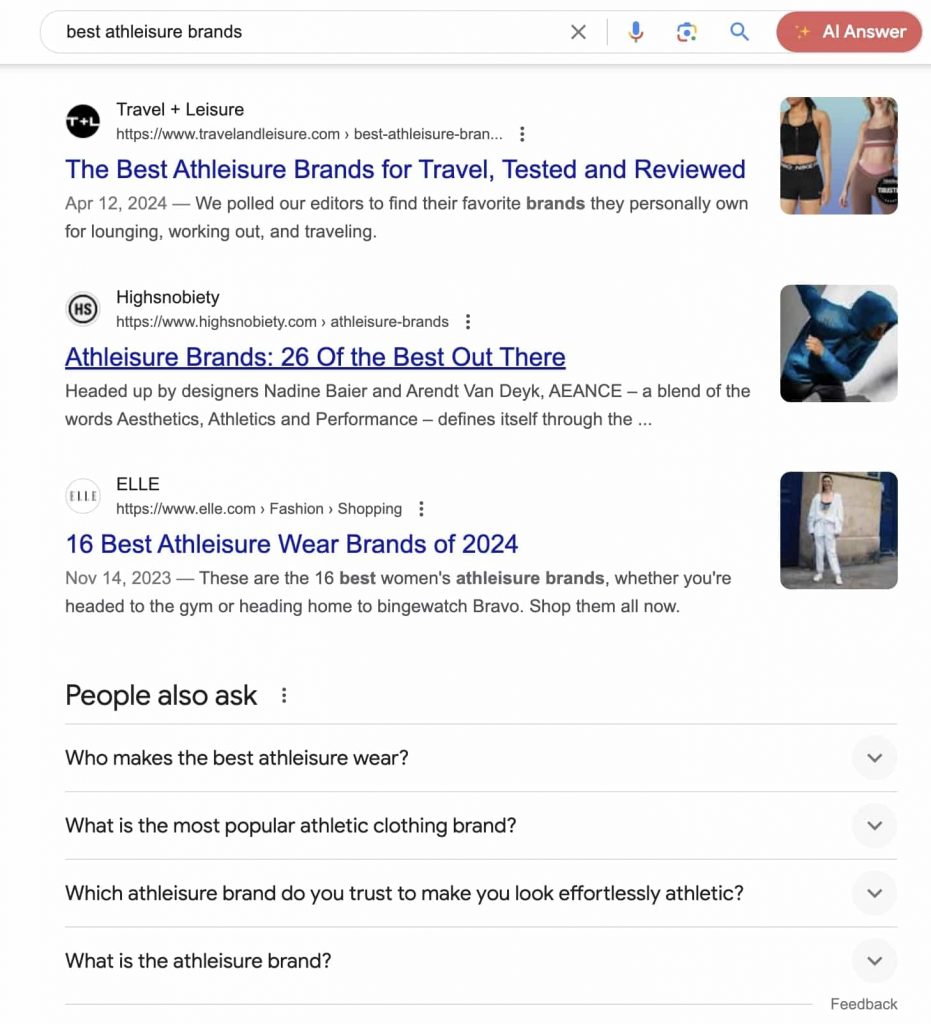
Here’s a little trick: Don’t just look at what’s there, think about what’s missing. What can you add to your content that these top results don’t have? Maybe it’s more detailed descriptions, better images, or a killer video. The goal is to create something similar, but better. When I did this for a client, we found that adding comprehensive sizing guides to our product pages gave us an edge over competitors who skipped this detail.
See Who’s Paying for Ads
Here’s where things get interesting. Use platforms like SEMrush to see which keywords your competitors are paying for. This gives you a clear idea of what’s driving traffic for them. Even without fancy tools, you can spot these keywords directly on the SERPs by looking at the ads.
This is a goldmine of information. If your competitors are shelling out big bucks for certain keywords, it’s because those keywords are converting. Take note and see if you can target some of these keywords organically. I’ve used this tactic to great effect, often finding lucrative keywords that we could rank for without spending a dime on ads.
Analyze Competitor Backlinks
Backlinks are the secret sauce of SEO. They’re like votes of confidence from other websites. Use tools like Ahrefs and Majestic to see where your competitors are getting their backlinks from. Look for high-quality sites that are linking to them and try to get backlinks from similar sources.
Here’s a real-life example: I once discovered that a competitor was getting a ton of backlinks from fashion blogs. We reached out to those same blogs, offering them exclusive content and discounts in exchange for backlinks. It worked like a charm, boosting our SEO and driving more traffic to our site.
Step 4: Set Up and Optimize Your Product Page
Your product pages are the heart and soul of your eCommerce site. This is where potential customers make the decision to buy (or not). So, let’s make sure they’re optimized to perfection.
Make Sure Word Count is Good
Avoid thin content like the plague. Each product page should have a good word count, providing valuable information about the product. This not only helps with SEO but also gives customers the details they need to make a purchase.
Think about it: Would you buy something if you didn’t know all the details? Neither would your customers. When I optimized product pages for a client, we saw a significant boost in conversions just by adding detailed descriptions, care instructions, and styling tips.
Use High-Quality Images
In the fashion world, images are everything. Use high-quality images that show your products from multiple angles. And don’t forget to name your images with relevant keywords and use alt tags. This not only helps with SEO but also makes your site more accessible.
Here’s a tip from my own experience: Invest in professional photography. It’s worth it. I once worked with a brand that switched from amateur photos to professional ones, and the difference in customer engagement was night and day. Sales shot up because customers could see the quality of the products.
Google Merchant Account (Google Shopping)
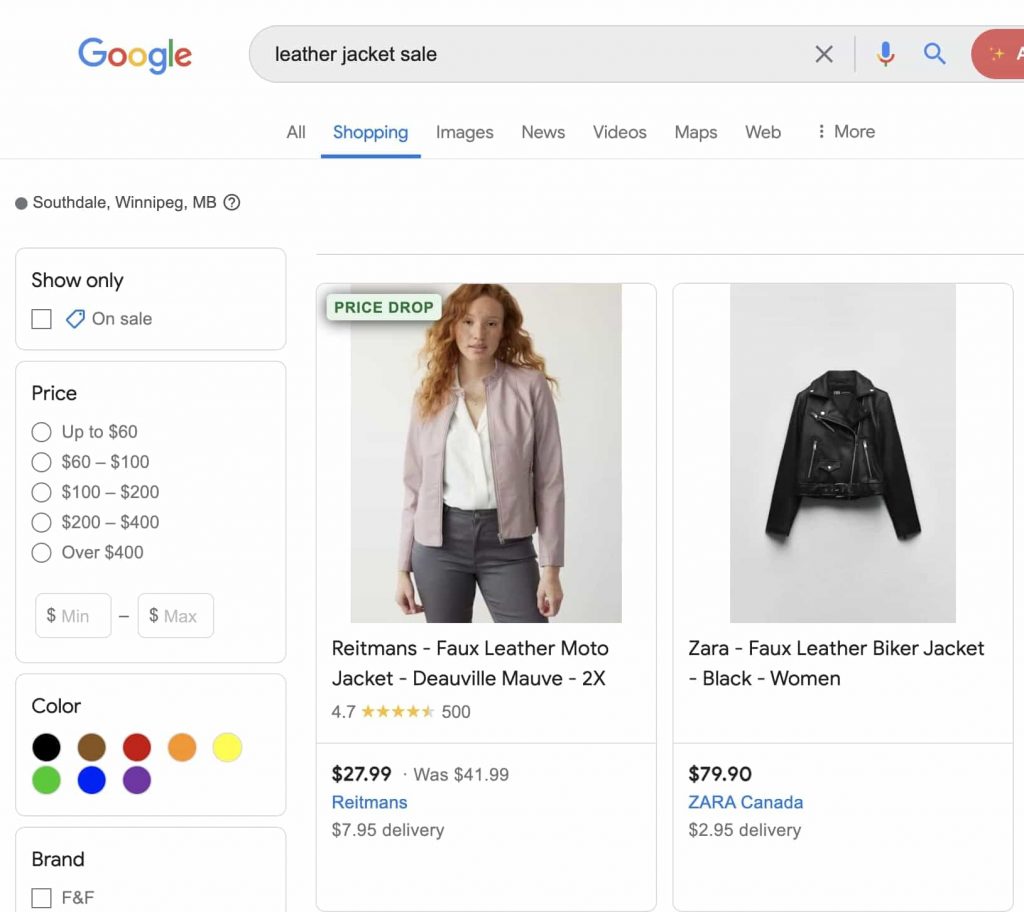
Setting up a Google Merchant Account is a no-brainer. This allows your products to appear in Google Shopping results, giving you extra visibility. Make sure your product pages are linked and that reviews are up to date. This boosts your credibility and makes your listings stand out.
When we did this for a client, we made sure every product had glowing reviews visible right from the search results. It gave potential customers the confidence they needed to click through and make a purchase.
Step 5: Create Killer Landing Pages
Landing pages are your secret weapon. They’re the place where you make your pitch and seal the deal. Let’s make them irresistible.
Tell a Story
People love stories. Use your landing pages to tell the story of your brand or product. Engage your visitors emotionally. Explain why your brand exists, what makes it special, and how your products can make their lives better. When I started weaving storytelling into our landing pages, we saw a huge uptick in engagement. People felt connected to our brand, and it showed in our sales.
A/B Testing
Don’t just settle for the first version of your landing page. Test different headlines, images, and CTAs to see what resonates most with your audience. A/B testing is crucial. It’s like trying on different outfits to see which one gets the most compliments. We found that even small changes, like tweaking the headline or CTA, made a big difference in conversion rates.
Strong CTAs
Your call-to-action needs to be clear and compelling. Whether it’s “Buy Now,” “Sign Up,” or “Learn More,” make sure it stands out and grabs attention. Think of it as the final nudge your visitor needs to take action. When we beefed up our CTAs with strong, action-oriented language, conversions improved dramatically.
CRO
Conversion Rate Optimization (CRO) is all about making your site as effective as possible. Use tools like GA4 to analyze how users navigate your site and optimize pages to improve the user experience. Look at where people drop off and make changes to keep them engaged. When we focused on CRO, we found new ways to streamline the user journey, resulting in higher sales and happier customers.
Step 6: Start Producing Content
Content is king. It’s the fuel that drives your SEO engine and keeps your audience coming back for more. Let’s dive in.
Blog Posts
Start with blog posts that answer your customers’ burning questions. Think about the problems your products solve and write helpful, engaging content around those topics. For example, if you sell workout gear, blog about “The Best Workouts for Busy Professionals” or “How to Choose the Right Yoga Pants.” When I focused on creating valuable blog content, organic traffic to our site skyrocketed.
Videos
Don’t underestimate the power of video. Product demos, behind-the-scenes looks, and customer testimonials can all drive engagement. Videos are super engaging and can help explain your products better than text alone. When we added product demo videos to our site, customers spent more time on our pages and were more likely to buy.
Infographics
Infographics are a great way to present information visually. They’re easy to share and can boost your SEO. Create infographics that showcase your brand’s unique features, sustainability efforts, or fashion trends. We found that infographics about fabric care and styling tips were particularly popular with our audience.
Social Media Updates
Stay active on social media with regular updates about your products, promotions, and content. Engage with your followers and use social media to drive traffic to your site. When we integrated our content strategy with social media, we saw a significant increase in both traffic and conversions.
And there you have it! If you need help with SEO for your fashion ecommerce brand, please reach out! I’d love to work with you.



